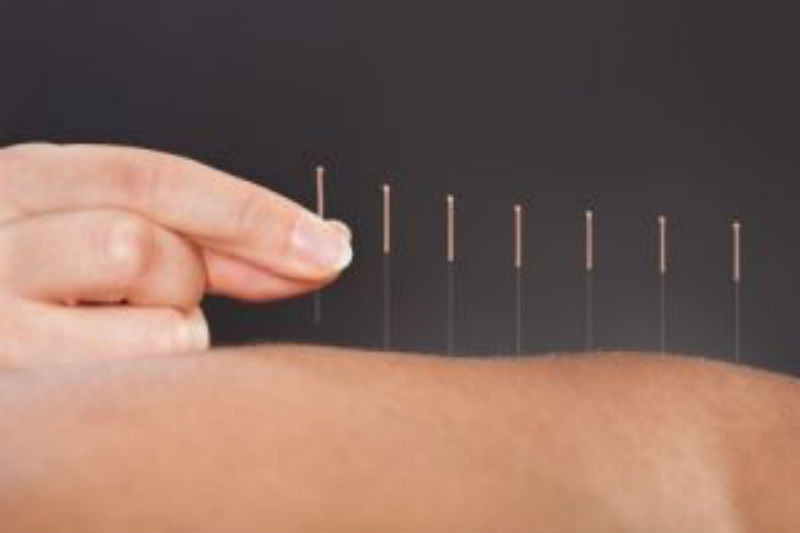Rf Ablasion Mustang is a process that creates nerve injury via localized heat. After the process begins, nerve signals are interrupted, and the patient’s pain perception will decrease. This process is done on an outpatient basis and treatment is performed under local anesthesia with sedation serum when necessary. Before you begin the process, the doctor will sanitize the skin where the needle will be placed. Afterward, the doctor will inject a local anesthetic that numbs the skin. An extra needle is guided through the dormant tissue, and the process is carried out using x-ray guidance.
Treatment
After the doctor positions the needle in its correct position, an electrode is inserted into the needle’s center. Stimulation is initiated with sensory stimulation first, flowed by motor stimulation. As soon as the correct position is verified, a local anesthetic steroid medicine is injected. Rf Ablasion Mustang will sometimes involve heating the area to a temperature of 122 to 176 degrees Fahrenheit and is maintained for a couple minutes. Electrothermal heat is then created, which allows the destruction of the encircled pain fibers, thus decreasing the pain.
Pulsed Rf Ablasion Mustang is a technique that is similar to thermal coagulation, but varies in the level of heat that is produced. Keep in mind that this will not destroy the nerve. However, this particular method is not as uncomfortable as others and usually involves a medium pulsating sensation. After a period of mild recovery, you are free to go home after treatment. You may have mild discomfort when the local anesthetic is depleted in your body.
Facts
Treatments depend on the root cause. They are usually based on pharmacological treatments and are supplemented with injections and blocks. These are done under local anesthesia and sedation in some cases if the patient is very nervous. Almost all injections and blocks are performed with itinerant character. The patient leaves under his or her own power after resting for a while.



